Splice string lights?
oldalgebra
15 years ago
Related Stories
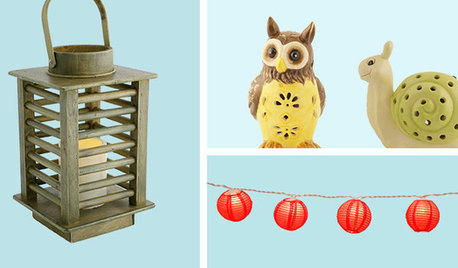
SHOP HOUZZShop Houzz: Up to 70% Off String Lights and Lanterns
String lights, solar lights and lanterns to lighten the mood
Full Story0
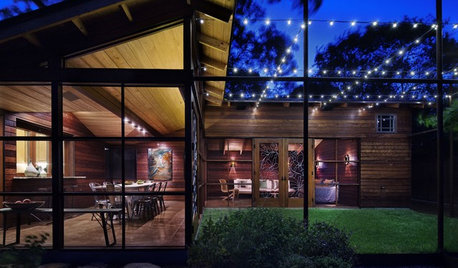
GARDENING AND LANDSCAPINGMake Outdoor Magic With String Lighting
Some enchanted evening, string lights may help your patio or porch put a sparkle in someone's eyes
Full Story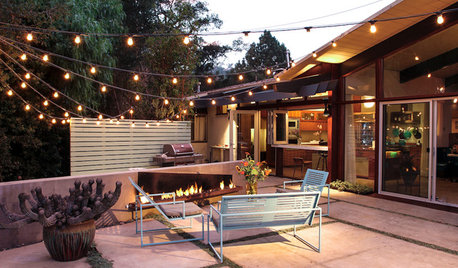
SHOP HOUZZShop Houzz: The String Light Sale
Up to 50% off string lighting in novelty and classic themes
Full Story0
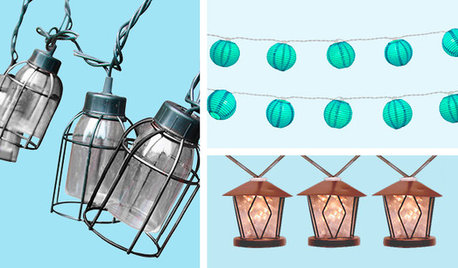
SHOP HOUZZShop Houzz: The String Light Sale
These string lights are the life of the party and up to 55% off
Full Story0

LIGHTINGEasy Sparkle: String Lights for Christmas and All Year
Enjoy the merry look of twinkling lights over desk, closet, shelf, mirror or table
Full Story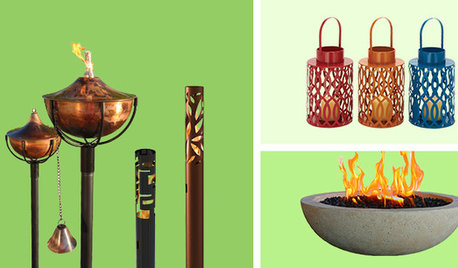
SHOP HOUZZShop Houzz: Up to 75% Off String Lights, Fire Pits and Torches
Light up the night outdoors with fun and festive illumination on sale
Full Story0

HOUSEPLANTSDIY Project: How to Make a ‘Kokedama’ String Garden
Dig in to create a simple, beautiful Japanese-inspired hanging garden
Full Story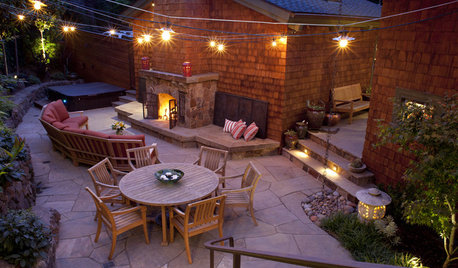
SHOP HOUZZShop Houzz: Little Lights That Make a Big Difference
Illuminate your home and landscape with undercabinet lighting, string lights and nightlights
Full Story0
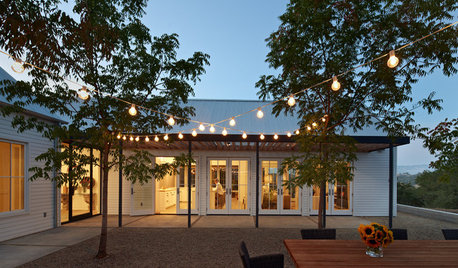
GARDENING AND LANDSCAPINGSpring Patio Fix-Ups: 6 Ways to Light Your Outdoor Room
Let the good times roll well into the evening with string lights, sconces, pendants and more to illuminate your patio or deck
Full Story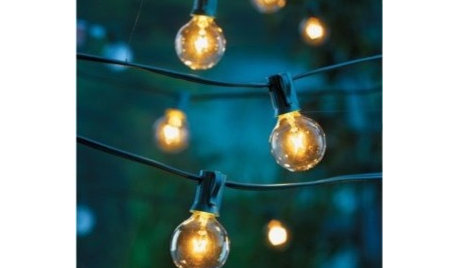
PRODUCT PICKSGuest Picks: Stretch Out Summer With Outdoor Lights
Don't let shorter days spoil the party. String lights, flameless candles and lanterns can brighten patios beyond summer
Full Story








solarpowered
oldalgebraOriginal Author
Related Professionals
Avon Lake General Contractors · Citrus Heights General Contractors · Enfield General Contractors · La Grange Park General Contractors · Rohnert Park General Contractors · Salem General Contractors · Winton General Contractors · Dracut Solar Energy Systems · Bedford Home Automation & Home Media · Fox Chapel Home Automation & Home Media · Glendale Heights Home Automation & Home Media · Newtown Square Home Automation & Home Media · Riverside Home Automation & Home Media · Wilmington Home Automation & Home Media · Woodlawn Home Automation & Home Mediagreg_h
oldalgebraOriginal Author
solarpowered
solarpowered
solarpowered
abnorm
oldalgebraOriginal Author
pjb999
saltcedar
saltcedar
oldalgebraOriginal Author
pjb999
daft_punk
billhart
oldalgebraOriginal Author
greg_h
saltcedar
billhart
smithy123